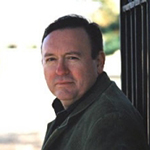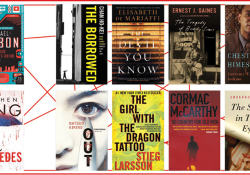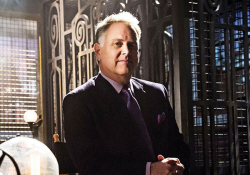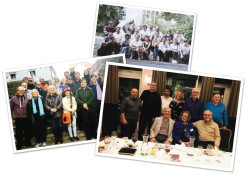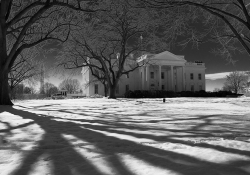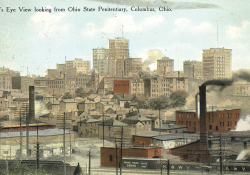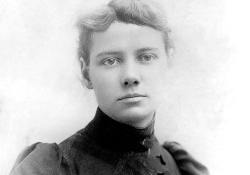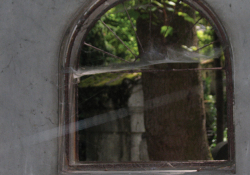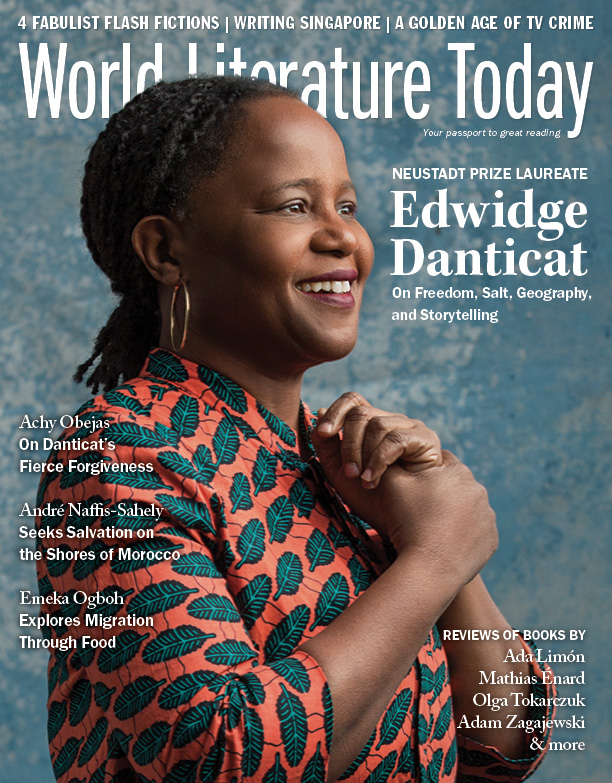Our “Golden Age” of TV Crime Drama: The Artistic Promise of Television Blooms
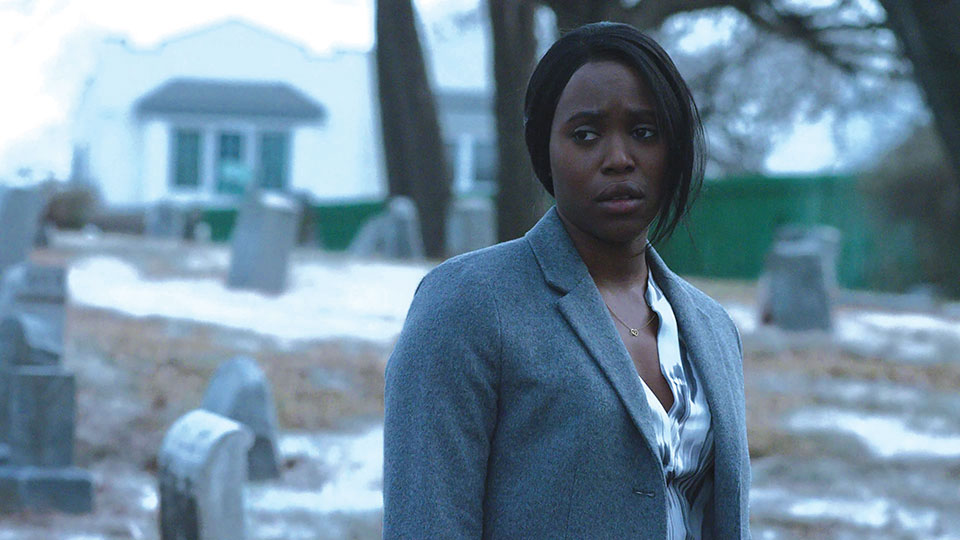
More than one critic has proclaimed that television in the early twenty-first century is in a “Golden Age” in which the complexities of character and plot, moral ambiguities, and the open portrayal of sex and violence allow writers to explore sophisticated themes that it was difficult for “traditional” television to confront. When there were basically three networks, the economic realities compelled programmers to seek the simplest common denominators in order to compete against their rivals. The ideal moneymaker was a show pitched to “the whole family,” and as such, it couldn’t do much with sex or depict violence too vividly or, lest the audience get bored, delve too deeply into ethical complexities. Heroes were heroes, villains were villains, and, as Archie and Edith Bunker used to sing, “Girls were girls and men were men.”
Television in that era was propaganda for the dominant culture and, if it brought up a controversial issue, tried to exploit its “controversial nature” while simultaneously watering it down into meaninglessness. Before their appearance on the Ed Sullivan Show, the Rolling Stones were told to sing “Let’s spend some time together” rather than “Let’s spend the night together.” (They didn’t.) The culture was undergoing serious transformations, but the incremental changes in television in those days were snail-paced compared to what was to come. What we call “television” is hardly recognizable as the same thing.
The screens became flat. The images larger. After some experimenting with UHF to expand offerings, the general spread of cable and satellite broadcasting created an enormous demand for product as hundreds of channels became possible. Ted Turner founded his “superstations” but needed something to show, so he purchased the MGM film library and the Atlanta Braves. Others bought movies and old television shows that hadn’t been seen for decades and initiated talk shows and other standard television fare. A few networks positioned themselves as purveyors of arts and drama (such as Bravo and A&E) hoping to finally realize the dream of quality television. Most of these, you will note, have now abandoned the attempt in a quest for higher ratings, and, ironically, the big networks felt easier about ditching the arts because there were now arty alternatives, including PBS, for an audience they no longer valued. The major networks continued to offer pretty much the kind of thing they had always offered, only more so.
Westerns having all but died at this point, cop and lawyer shows became a staple of dramatic television, and the majors, now a little worried about the new competition from cable and satellite, experimented a bit with the dramatic forms. L.A. Law (beginning in 1986) and Hill Street Blues (1991) opened up the possibility of multiple storylines carrying over from week to week involving multiple main characters. In September 1990, producer Steven Bochco, emboldened by the success of those two, persuaded ABC to air his innovative Cop Rock, a musical crime show. It was obviously a bridge too far and was gone by the end of the year. NYPD Blue (1993) tested the limits, as well, but safely confined its most notorious innovation to showing David Caruso’s buttocks in a locker-room scene, thereby gathering weeks of end-of-civilization anguish as publicity.
All these attempts to build crime shows for twenty-first-century viewers contributed to the beginnings of our “Golden Age,” but it was HBO that created it.
All these attempts to build crime shows for twenty-first-century viewers contributed to the beginnings of our “Golden Age,” but it was HBO that created it. Recognizing that the old formulas of network television need not apply to their subscription service, they were open to more radical adjustments. Their staple was showing movies after the brief theater run, but when they began making original material to make their service more attractive, they were not bound by the traditional economics. They could show their productions repeatedly, for example, at different times. Ratings didn’t matter for them in the same way. Oz (1997), a continuing drama set in a prison, was raw, daring, and had a complexity of characterization that was startling. This was not ordinary television. When producer David Chase approached ABC with The Sopranos, the network wanted to change Mafia boss Tony into an FBI informant so that the main character was an undercover “good guy.” Chase marched his show to HBO instead. It first aired in January 1999, and the rest, as they say, is history. Viewers could find Tony Soprano lovable while at the same time he was clearly a brutal criminal. The “Golden Age” had arrived and would give us The Wire (2002), Boardwalk Empire (2010), and, from companies other than HBO, imitations of the innovative plotting and characterization.
It is a moment in time comparable to when late medieval painters discovered linear perspective and a universe of artistic possibilities lay before them. Major writers and filmmakers were now looking to the often-despised medium of television to allow their art to flourish. Consider the career of Baltimore Sun reporter David Simon. His nonfiction book Homicide: A Year on the Killing Streets (1991) gave us a detailed examination of the Baltimore homicide bureau. This superb book was later cannibalized into an acclaimed NBC series, which became more and more conventional as episodes passed. This led Simon to the creation of The Wire and now, with best-selling authors George Pelecanos, Richard Price, Megan Abbott, Lisa Lutz, and others, he writes HBO’s The Deuce, a gritty look at the sex trade in 1970s New York. Price (the author of The Wanderers and Clockers) and Steven Zaillian (who wrote the screenplay for Schindler’s List) created the extraordinary miniseries The Night Of (2016), which demonstrated the ambiguities of real-life crime and criminal justice better than any drama I can think of. Sure, the pay is good, but talent goes where it can express itself.

AMC, originally a movie channel, followed HBO’s lead and began creating original material, scoring big in crime drama with Breaking Bad (2008) and its spin-off, Better Call Saul (2015). The streaming services of Netflix and Amazon also began spending millions creating original material, and, while there are many, many clunkers, several are among the best crime dramas ever filmed. At the top of my list is Netflix’s Seven Seconds (2018). Created by Veena Sud, an Ontario-born screenwriter, it is the story of a cover-up involving a New Jersey cop who accidentally kills an African American boy riding his bicycle. What makes this film so compelling and real is the motivation of the characters. Unlike in lesser crime stories, the characters all act out of concern for others, even when they are doing evil. A veteran policeman lies to cover for a young cop. The cop lies to keep his pregnant wife from suffering. We see the “thin blue line” in action. We see the power of guilt. We see the community reacting to the loss of one of their own. The relevance to recent discussions about police shootings is obvious, and yet the episodes do not depend on the news for relevance. Veena Sud is also the creator behind The Killing (2011), and we see in both of these series how the story focuses on the effects of crime on people, rather than the crime itself. What happens to you when a policeman runs over your child and you cannot get any answers? What happens to you when your daughter is murdered? What does confronting crime do to the people who must confront it?
What does confronting crime do to the people who must confront it?
An interesting aspect of our “Golden Age” is the globalization of crime stories. The Killing is based on a Danish series Forbrydelsen (The Crime). Seven Seconds is based on a Russian movie directed by Yuri Bykov, The Major (2013), though the thematic content about American race relations makes Seven Seconds seem totally American. Americans are used to a steady diet of British crime stories through PBS’s Masterpiece Mystery, but among the many distinctly British stories, such as Happy Valley, about a rural female police sergeant whose daughter died of a drug overdose, and the many inspirations from Colin Dexter’s novels (Inspector Morse, Lewis, and Endeavour) are a number of dramas adapted from outside Britain. The Tunnel, for example, is an engaging mystery that begins with a body found in the Chunnel, lying across the border between France and Britain. It was adapted from a 2011 Danish-Swedish co-production, The Bridge, in which a body is found on a bridge between Denmark and Sweden.
The proliferation of streaming technology (and, to a declining extent, DVDs), however, opens the world to us. It is not difficult to watch the original versions of adapted dramas, and a number of lively exchanges can be found online as commentators argue whether the Danish version of The Killing is better than the American version, or Swedish actor Krister Henriksson is a better Wallander than Kenneth Branagh. The MHz Networks were founded in 2001 and offer a long list of international television crime dramas to American and Canadian audiences. MHz also offers these through on-demand service and DVDs. The Italian Nero Wolfe, starring Francesco Pannofino, or the long-running French Maigret, played by Bruno Cremer, can be found here, subtitled in English, along with Germany’s Tatort, the longest-running German drama series with thirty feature-length episodes a year since 1970, jumping city to city and using different main characters. The New York Times called the MHz network a boon to fans of Scandi noir. MHz advertises material from over fifteen countries.
With such a great variety, pretty much every type of crime show and every level of quality is represented, from the yawners to the profound, and it is obvious that a tremendous cross-fertilization and competitive stimulation is taking place.
Many of the foreign shows rather obviously resemble older American crime shows like Diagnosis: Murder or Starsky and Hutch with amiable, not-too-threatening criminals and comic secondary characters, but the Scandinavian ones are as grim as noir-lovers thirst for. With such a great variety, pretty much every type of crime show and every level of quality is represented, from the yawners to the profound, and it is obvious that a tremendous cross-fertilization and competitive stimulation is taking place. No longer is any particular type or style of crime drama limited to a particular culture or nation, and it seems to me that American crime writing is at this moment certainly as influenced as it is influencing—maybe more.
Palmyra, Virginia
